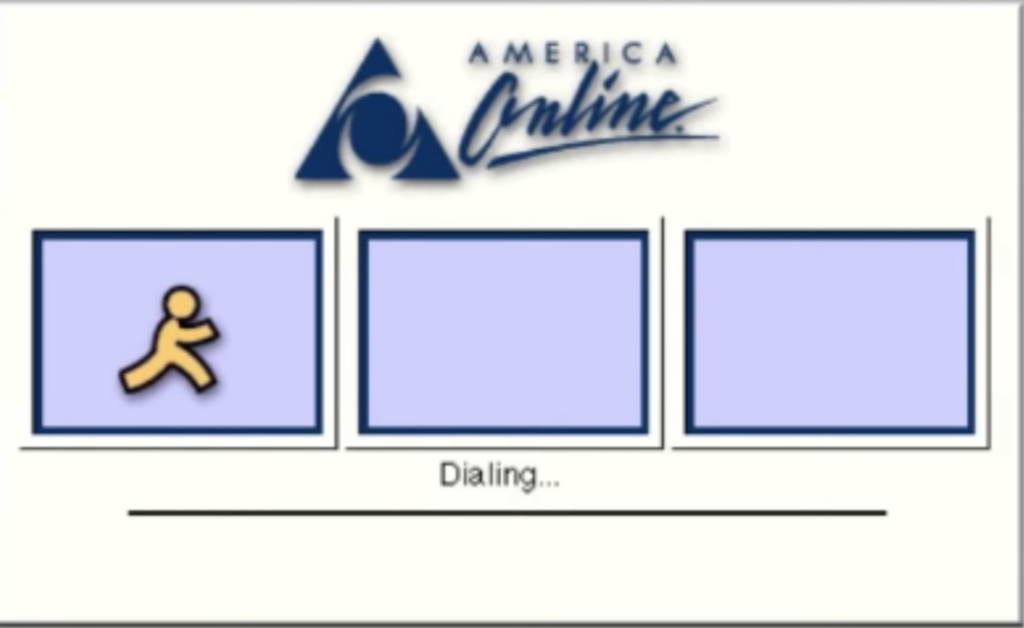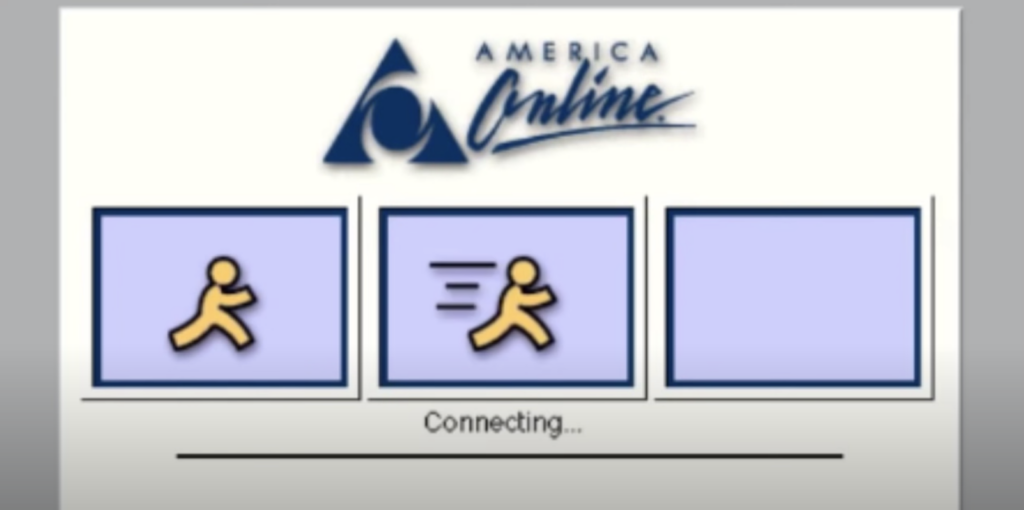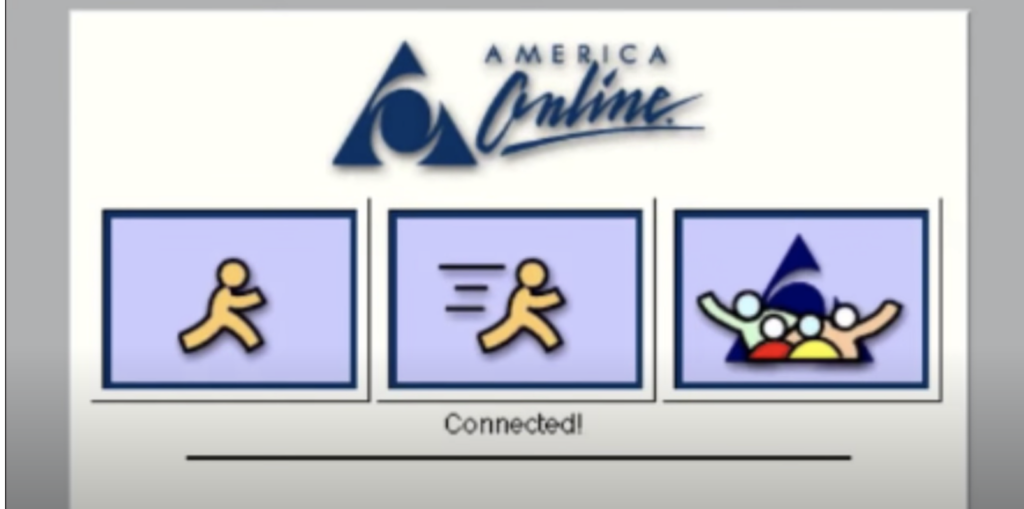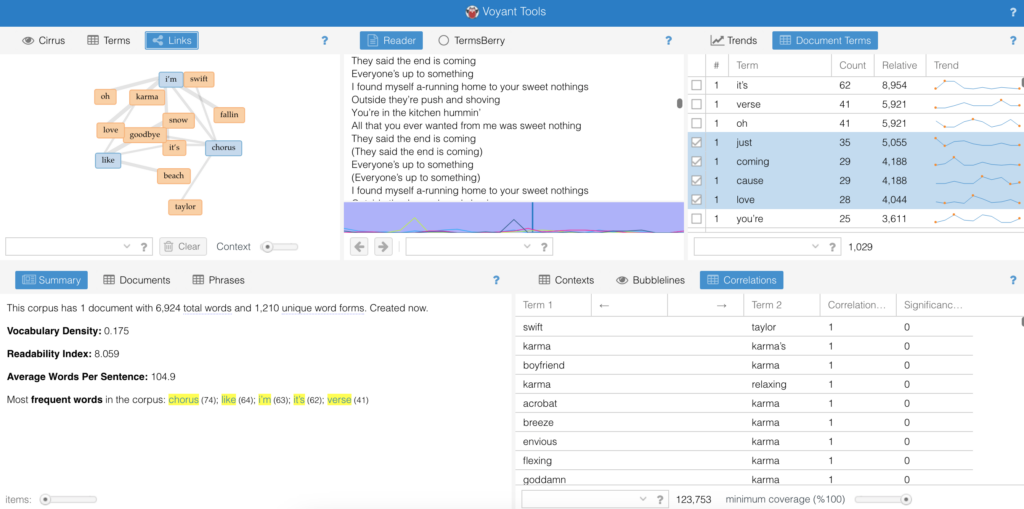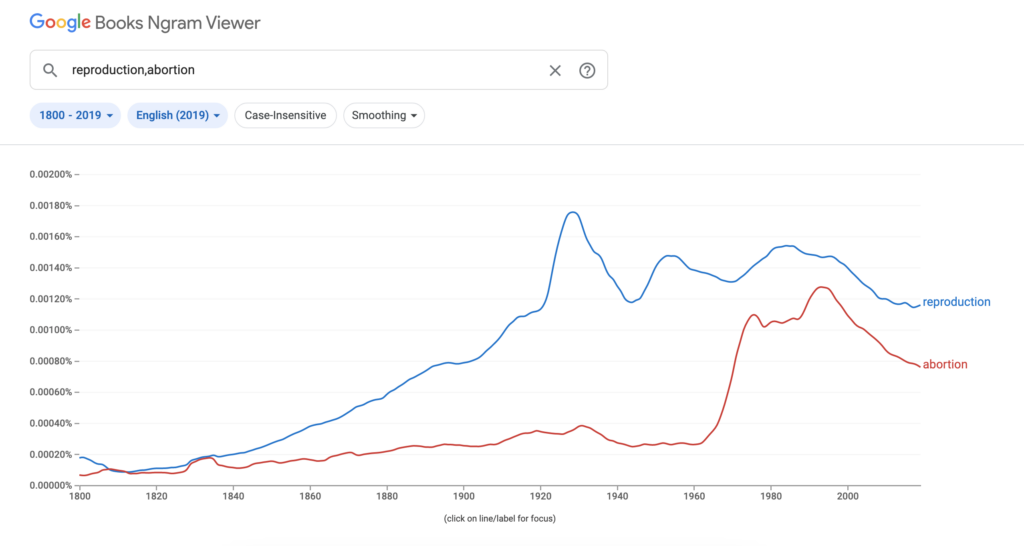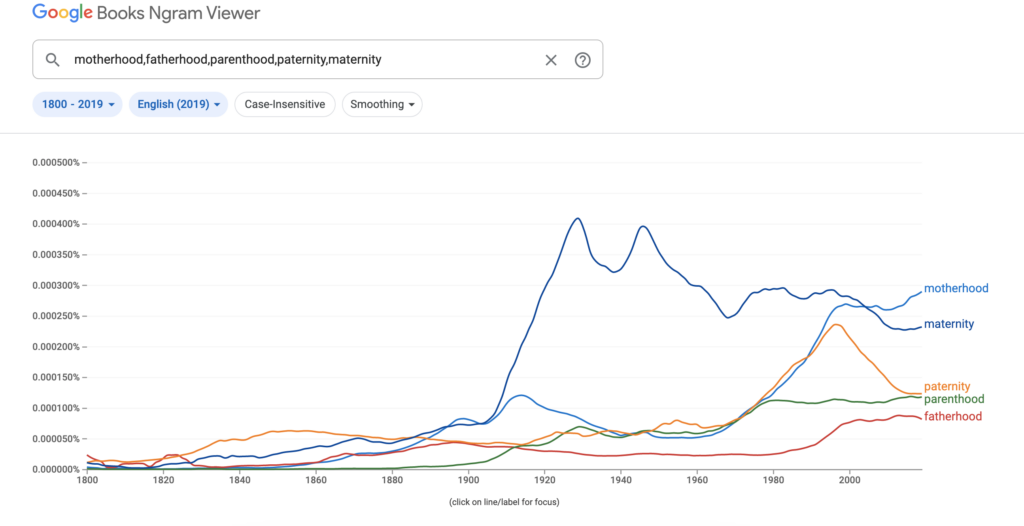For this week’s assignment on the theme of Digital Pedagogy and annotations I wanted to share with the other students my annotations on two particular topics that I found very engaging and open for further discussion in the introduction of The Four-Dimensional Human: Ways of Being in the Digital World (2015). My annotations would like to prompt the students to contextualize, debate and connect their own personal experiences with the statements presented by the author around isolation; as well as dig deeper into how the ‘four dimension’ of the digital not only affects our present but actually transforms our perception of the past, particularly, when the author explains that nowadays a moment that is not shared on social media is “flat” or “boxed in”.
Isolation
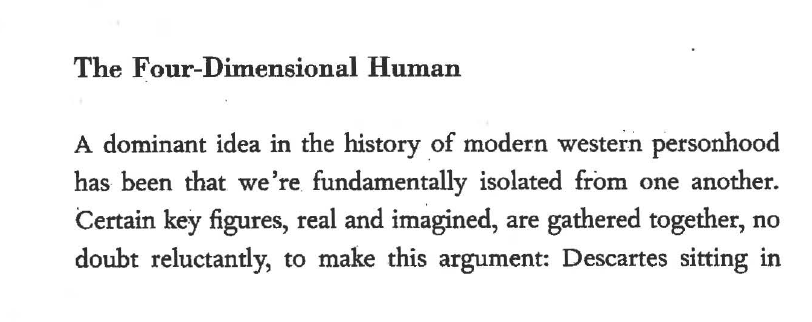

- In this section the author states that our idea of personhood ( in western philosophy) has been dominated by our feelings of isolation. He then cites examples from Descartes, Don Quixote, Edgar Allan Poe, Charles Dickens and others. Nonetheless, I would like to contextualize this idea with literature from other authors that have prompted us to look at ourselves not as individuals in constant search for ‘independence’ but rather as bodies in basic need of each other. Philosophers like Judith Butler, Toni Morrison or Gloria Anzaldúa have shared another vision of personhood by highlighting the ways in which beings are vulnerable or stand in between frontiers of contested meanings and identities. Could we be “fundamentally isolated” if, as vulnerable bodies, we depend on living with others in shared spaces to satisfy mutual needs? Could we think of ourselves as isolated if we live in complex webs of interdependency. Could the concept of vulnerability add another layer to our current and past ideas of personhood as experienced in this “fourth dimension” world? Do you think isolation and vulnerability opposed each other in our society or in your own life?
A Flat Moment?
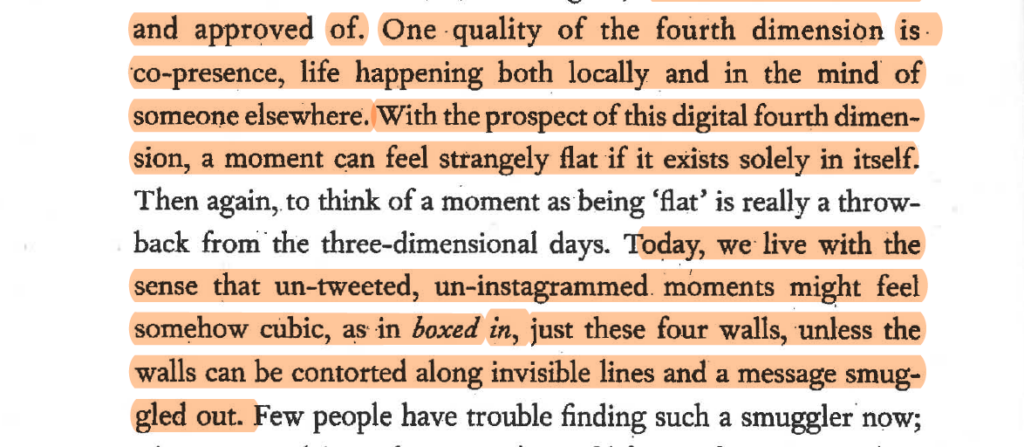
- If we follow the idea that the four-dimension has affected our perception of the past and now the moments or experiences that we had might feel flat, if they were not shared on our networks, how does our evaluation of the past changes? how is this new dimension transforming our perception of time, attention and selfhood? How is this need to constantly share on social media or other networks connected to our ideas of productivity? Finally, here’s a video from artist Jenny Odell, about her book “How to Do Nothing”; how do you think “doing nothing” in our current world relates to this idea of the “flat moment”?

